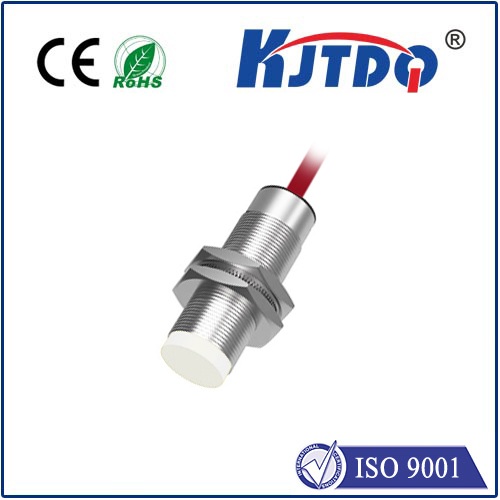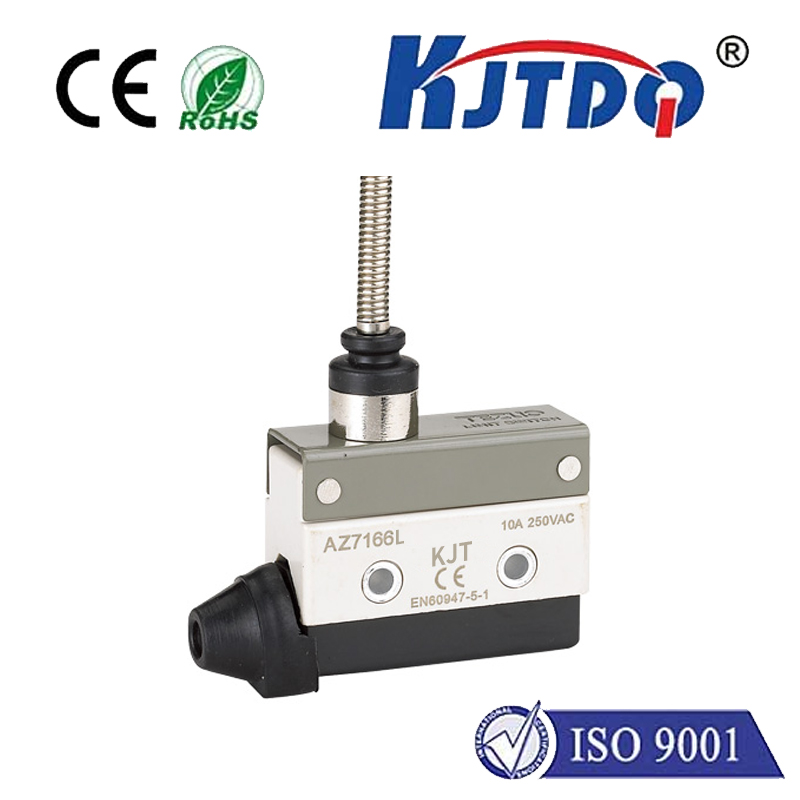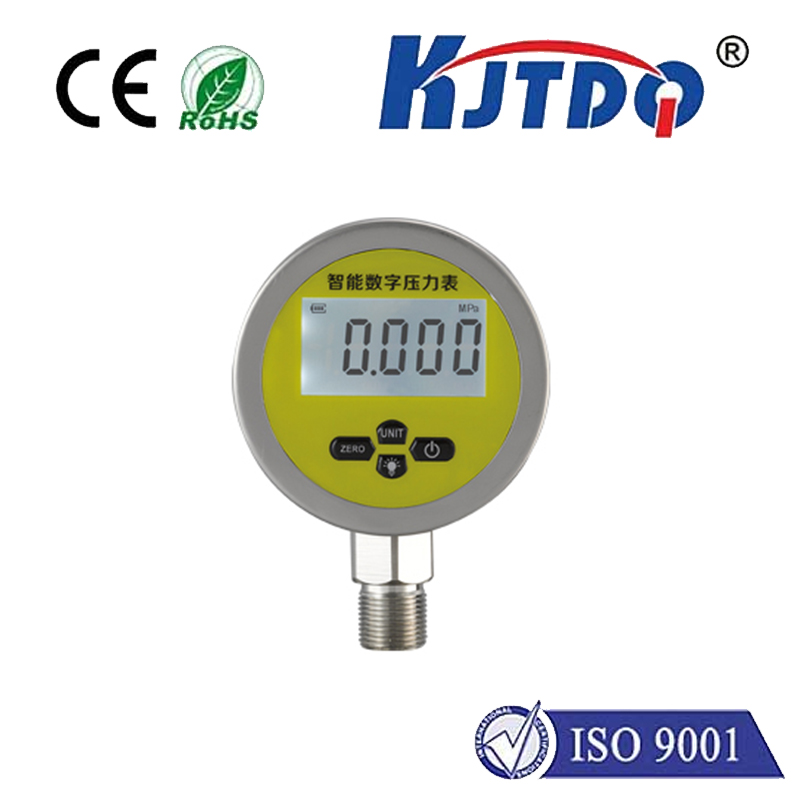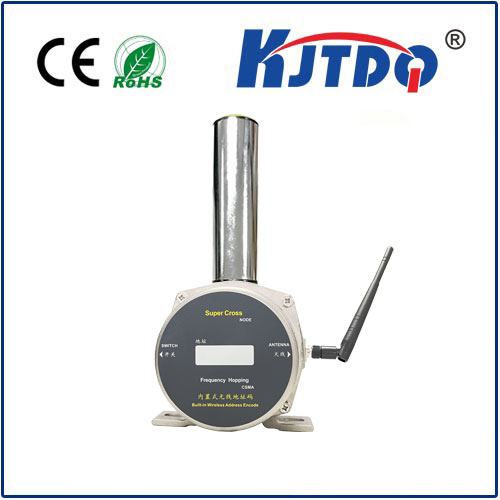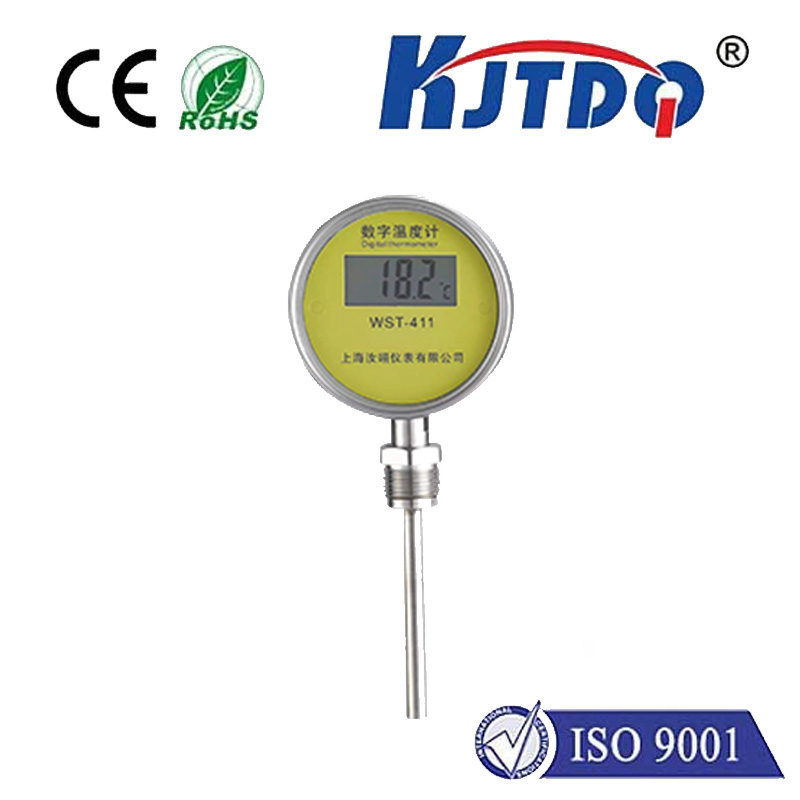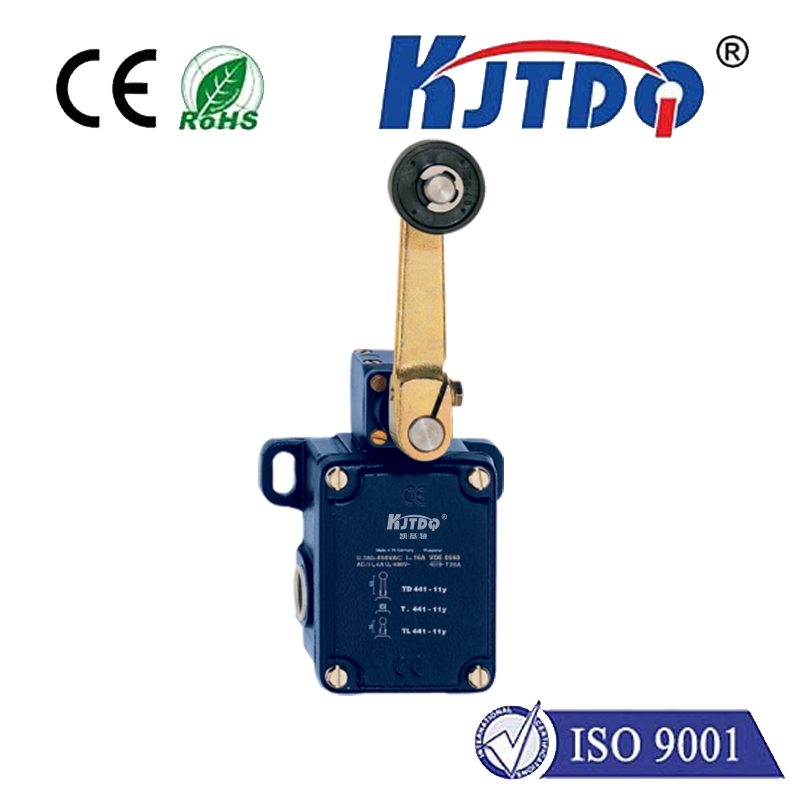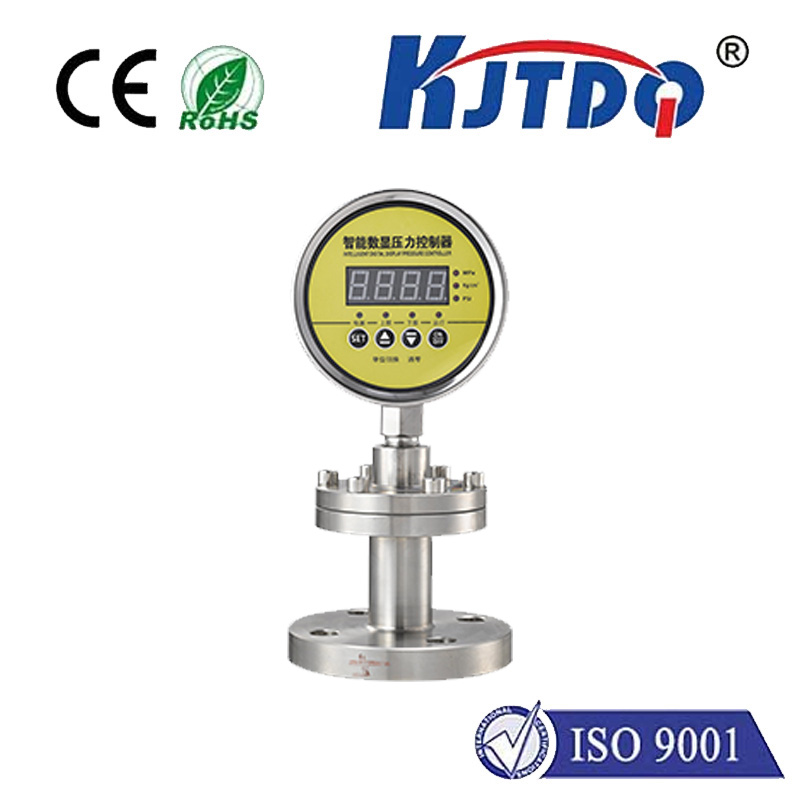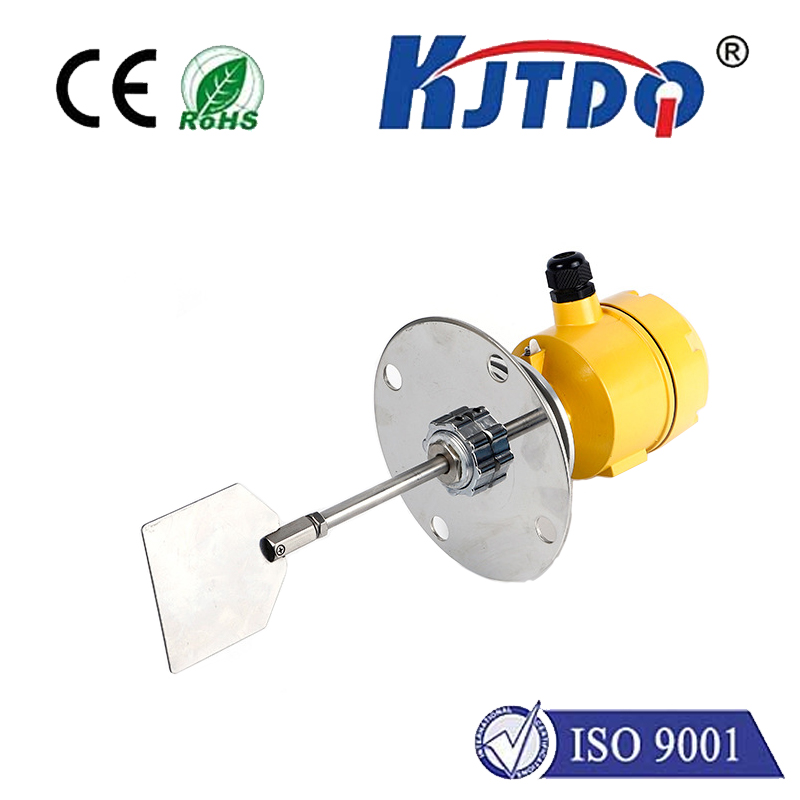

check

check

check

check
Imagine a towering crane hoisting a critical load towards the apex of its boom. The operator, focused on precise positioning, might not notice the hook racing perilously close to the sheaves. Without a crucial fail-safe, the cable could snap, the block could collide, or the entire boom could suffer catastrophic stress. This disaster scenario is precisely what the crane upper limit switch – often called a hoist limit switch or upper travel limit device – is meticulously designed to prevent. It stands as a silent, vigilant sentinel, the essential safety mechanism ensuring operations halt before disaster strikes.
Understanding the Core Function: Preventing “Over-Hoisting”
At its heart, the crane upper limit switch serves one fundamental purpose: to automatically interrupt the upward hoisting motion of a crane when the hook or load block reaches a pre-set safe maximum height. This critical intervention prevents a dangerous condition known as “over-hoisting” or “two-blocking.”
The upper limit switch is therefore mandatory safety equipment mandated by safety standards worldwide (like OSHA 1910.179, ASME B30 standards, EN 60204-32).
The Mechanism: How the Upper Limit Switch Operates

The crane upper limit switch is typically triggered by the movement of the hoist drum or the travel of the hook block itself. There are several common configurations:
Regardless of the specific type, the core principle remains: when the precisely calibrated maximum safe height is reached, the switch interrupts the hoist circuit. Crucially, the switch is designed as a positive-opening device, meaning its contacts physically separate to break the circuit, ensuring reliability even under fault conditions.
Why Dual Systems & Calibration Are Non-Negotiable
Given its critical role, relying on a single point of failure is inadequate. Best practices and stringent regulations often dictate a redundant safety approach:
Rigorous Calibration is paramount. Both switches must be set to activate at precisely the correct points relative to the crane’s geometry and the specific sheave arrangement. Calibration is typically performed during crane setup, after significant repairs, or if a near-miss incident occurs. It involves physically measuring the hook block’s position and verifying the switch activation points. Regular verification of function (testing) is also an essential part of any crane maintenance schedule.
Maintenance: Ensuring the Sentinel Never Sleeps
Like any critical safety component, upper limit switches require diligent maintenance:
The Stakes: What Happens Without a Functioning Limit Switch?
Ignoring the integrity of the crane upper limit switch system is an invitation for disaster. Consequences of failure can include:
The Unseen Lifeline
The crane upper limit switch operates silently, often unnoticed during smooth operations. Yet, it embodies a fundamental principle of industrial safety: reliable, automatic protection against human error and mechanical failure. By understanding its critical function, ensuring its proper selection and installation, committing to its meticulous maintenance and testing, and respecting the absolute necessity of never bypassing it, crane operators and managers uphold the highest standards of safety. This unassuming device truly is the vigilant guardian of the skies, preventing the unthinkable one controlled stop at a time. Its reliability isn’t optional; it’s the bedrock of safe material handling aloft. Regular testing confirms this vital component stands ready, a non-negotiable safeguard in every lift.
